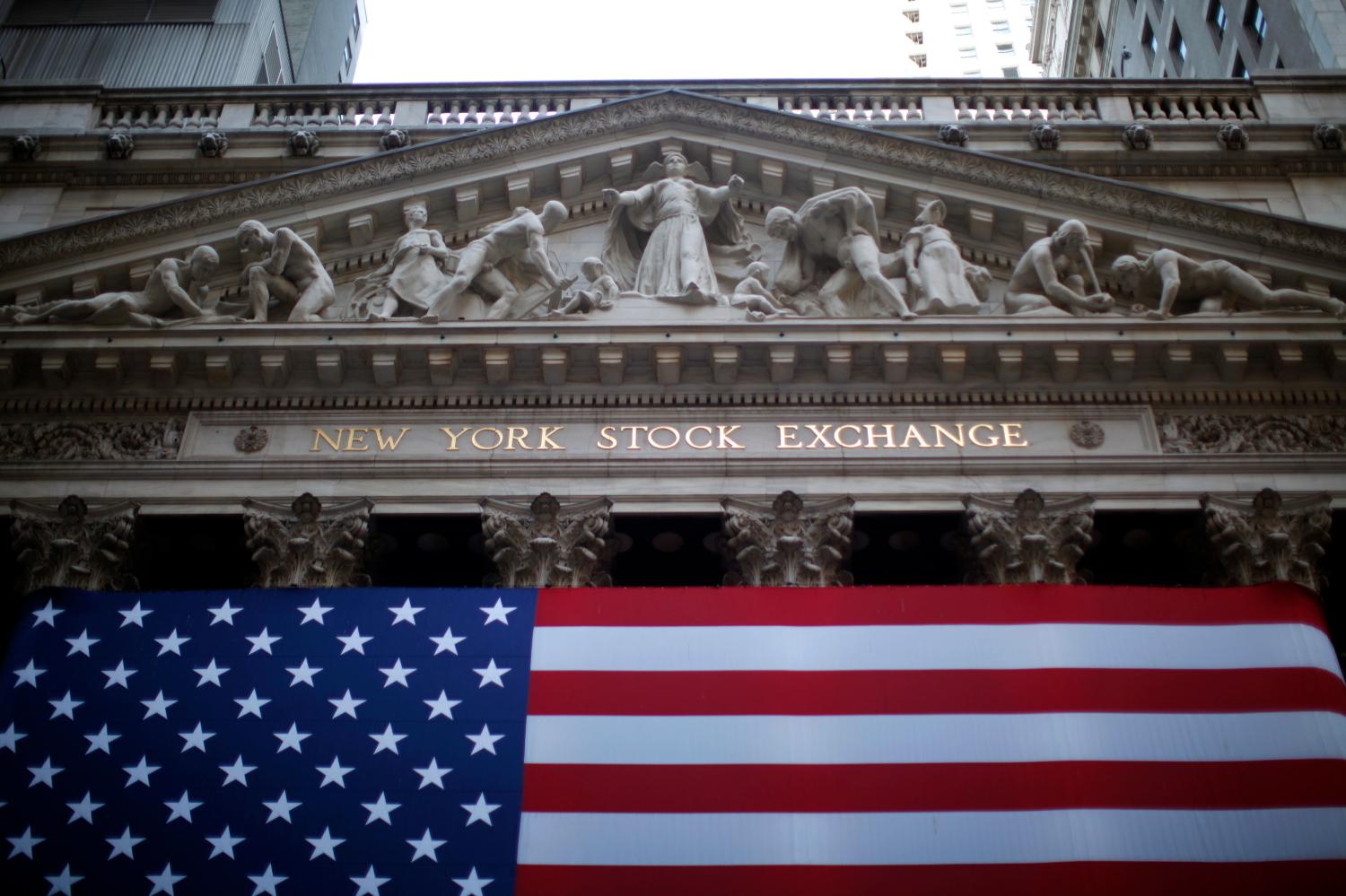In “Have Big Banks Gotten Safer?” Harvard PhD candidate Natasha Sarin and Harvard Professor Lawrence H. Summers challenge a widely-held belief that major financial institutions in the United States and around the world are safer today than they were prior to the crisis because of regulatory changes made in the wake of the Great Recession.
In their paper, which has implications for future financial regulation and supervision and challenges the views of many officials and financial sector leaders who believe the system is safer now, Sarin and Summers examine a variety of market measures of risk—including stock price volatility, option-based estimates of future volatility, beta, credit default swaps, earnings-price ratios, and preferred stock yields.
Using extensive data on the largest financial institutions in the United States (Bank of America, Citigroup, Goldman Sachs, JP Morgan, Morgan Stanley, and Wells Fargo) and around the world and mid-sized institutions in the United States, Sarin and Summers find no evidence that markets regard banks as safer today than they were before the crisis, despite large decreases in leverage. In fact, measures of volatility and beta appear to be higher post-crisis than they were pre-crisis.

Sarin and Summers examine a number of possible explanations for their anomalous findings, including financial market underestimation of risk in the pre-crisis period and distortions in measures of regulatory capital. Yet they believe the main reason for their finding is that the increase in bank safety has been offset by a decrease in the franchise value of major financial institutions. This makes banks vulnerable to future adverse shocks. As evidence, they point to the declining ratio of market value of equity to assets on both a risk-adjusted and risk-unadjusted basis.
They attribute the fall in franchise value to a variety of factors including the consequences of low interest rates, a flat yield curve for bank profitability, regulatory restrictions on bank activity, increased competition from shadow banks, and uncertainty about future regulatory actions.
“None of this suggests that the broad approach taken by the regulatory community in the wake of the 2008 financial crisis of increasing capital and seeking to contain risk taking was inappropriate. Indeed we have no doubt that but for Dodd Frank and regulatory actions, the financial system today would be much more fragile. However, if our findings stand up to the scrutiny of others, we believe they should be uncomfortable for most participants in debates about the future of financial regulation and supervision. They clearly call into question the view of many officials and financial sector leaders who believe that large banks are far safer today than they were a decade ago,” they conclude.
This paper is part of the Fall 2016 edition of the Brookings Papers on Economic Activity, the leading conference series and journal in economics for timely, cutting-edge research about real-world policy issues. Research findings are presented in a clear and accessible style to maximize their impact on economic understanding and policymaking. The editors are Brookings Nonresident Senior Fellow and Northwestern University Economics Professor Janice Eberly and James Stock, Brookings Nonresident Senior Fellow and Harvard University economics professor.





